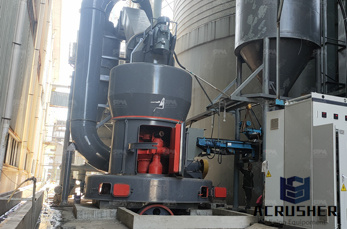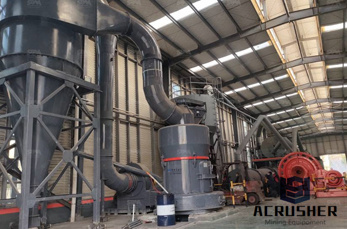 WhatsApp)
WhatsApp)
Jul 25, 2010· Designing a system of mining to suit the split seams in the Northumberland coal field. Analysing the small detail reveals how it was formed.

Coal – Formation of Coal – Types of Coal – Peat, Lignite, Bituminous Coal Anthracite Coal. Carbon content in different types of coal. Importance of each type.

While burning coal today causes Earth to overheat, about 300 million years ago, the formation of coal brought the planet close to global glaciation. For the first ...

Feb 27, 2013· Running Time: 9 min Format: 4D Film Ratio:: 4:1 Curve Screen / 16:9 Widescreen Resolution: 3072 x 768 / 1920 x 1080 Synopsis: Ride along with the .

Formation of Coal Coal is considered a Fossil Fuel. Coal is an organic sedimentary rock which forms from the decaying of plant materials such as moss, ferns and parts ...

What ar Fossil fuels? learn about the formation of fossil fuels, the various stages of coal formation, Study about the formation of fossil fuels such as coal and ...

Formation of Coal Download as PDF File (.pdf), Text File (.txt) or read online. Original Journal article regarding the formation of caol

Most coal formed approximately 300 million years ago, from the remains of trees and other vegetation. These remains were trapped on the bottom of swamps, accumulating ...

On the Formation of Coal. The Contemporary Review (1870) Collected Essays VIII [137] The lumps of coal in a coalscuttle very often have a roughly cubical form.

Plant materials buried under sediments decay to form peat, a compressed mass of ...

How is coal formed? The environments or conditions under which these coals were formed: anthracite coal, bituminous coal, lignite? Coal formed millions of years ago ...

Like oil and natural gas, coal is a fossil fuel. It started forming over 350 million years ago, through the transformation of organic plant matter.

How Coal is Formed. Coal is a nonrenewable energy source because it takes millions of years to form. That means what is in the ground now is all there is and we can ...

How Coal forms. A description of its formation as part of a field trip to northern Alaska.

science Learn with flashcards, games, and more — for free.

The process is very similar and is sometimes the same process with just a variation in environment. First, the material sourcing the formation is plant life deposited ...

The majority of fossils recovered in Cape Breton can be traced to coal areas or coal fields. Fossils have been found ranging from whole or partial tree trunks and ...

FORMATION OF COAL Peatforming environments are poorly drained; they have a high water table (intermittently or permanently covered with water) and contain stagnant, ...

Today, coal formed by these processes is often found layered between other layers of sedimentary rock. Sedimentary rock is formed when sand, silt, clay, and similar ...

Accumulated, compacted and altered plants form a sedimentary rock called coal. It is not only a resource of great economic importance, but a rock of intense ...

Coal formation is a very controversial issue in the creation vs. evolution argument, and one that has been under debate for many years. Secular (or uniformitarian ...

The wide, shallow seas of the Carboniferous Period provided ideal conditions for coal formation, although coal is known from most geological periods.

Peat, and therefore coal, is formed from the remains of plants which lived millions of years ago in tropical wetlands, such as those of the late Carboniferous period ...

Coal is principally derived from plant material, so in order to form coal, a plentiful source of plants is needed. Because dead plant material is
 WhatsApp)
WhatsApp)